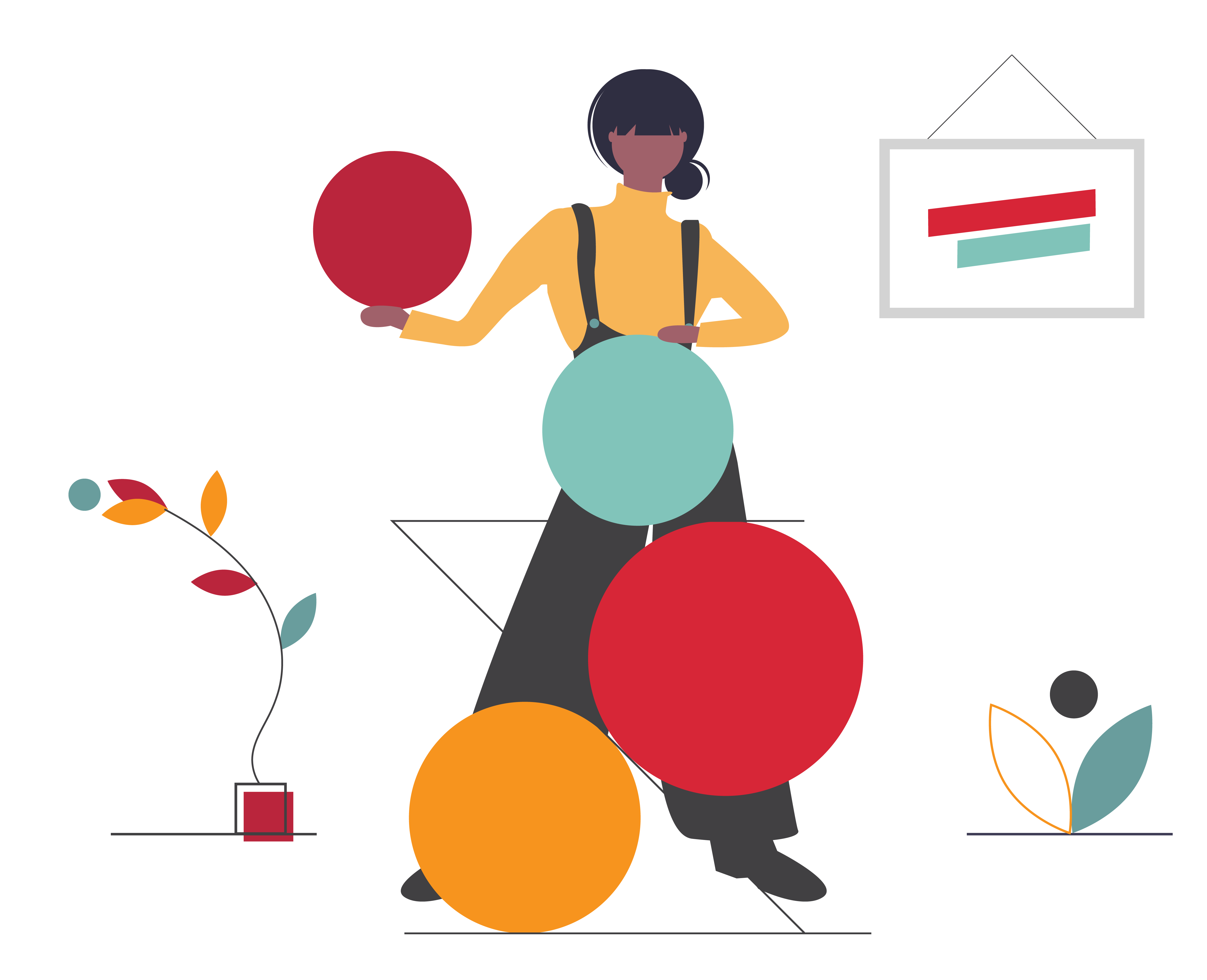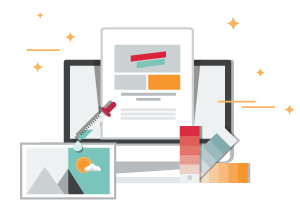
The Top Design Trends of 2020
2020 has brought innovative designs on all fronts, but especially within the world of graphic design. Our designers have been taking note of what works and what falls flat, and have crafted a list of their favorite trends of 2020.
1. Design for a Cause
Design has been an important vehicle for positive social change for decades. Creatives, whether they’re designing for a company or for personal reasons, are using their skills to inspire change. Recent events have caused an uptick in designers using their platforms to share their activism work. These designers have created posters to remind people to stay home, wear masks, and wash hands during the COVID-19 pandemic. Designing for a cause uses problem-solving and prompts forward thinking mindsets.
2. Stock Photography
We’re all familiar with those cheesy stock photos that have become infamous internet memes. But there are sites like Unsplash and Pexels that offer stunning stock photos that are free to use and give artists a place to share their work. We love to utilize these resources for our clients and create social media posts that are tailored to their audiences. Using stock images can help your website and social channels tell a visual story, but it’s important to stray from images that look too planned out. Try to use genuine images that aren’t overly edited or posed. If you want to create your own graphics using stock photos, Canva is a great tool.
3. Animations
New technologies have allowed designers to work in multiple mediums, and even bring their designs to life with animations. Companies like Nike and MTV have used animated logos to catch the attention of their audience, and with the right software you can create one for your brand. Adobe Animate is one of the most popular software options, and is easily accessed with a subscription to the Adobe Cloud. It features the option to save animations as a Scalable Vector Graphic (SVG) file. SVG files are smaller in size and allow for scaling without losing quality, making them ideal for adding an animation to your website. Simple animations can be executed with CSS and don’t require third party animation software. Our process to make animations is through Adobe’s Illustrator and using CSS to bring them to life in a website.
4. Inclusive Design
Access to the internet has been a hot topic in 2020, with many jobs and schools operating virtually. Using the internet has become a near necessity, which increases the need for inclusive design practices across the virtual world. Microsoft’s three principles of accessible and inclusive design are valuable for all businesses to keep in mind. The first principle is to recognize exclusion. It’s essential to understand how and why people may be excluded, and then work to make products and designs that are representative of them. Next is the principle ‘solve for one, extend to many’. When solving an issue for a person who has a permanent disability, you may actually be solving problems or making life easier for everyone. And finally, Microsoft learns from diversity by focusing on the perspectives of diverse humans. Inclusive design is not limited to graphic design; it can be incorporated into any aspect of production.
Accessible approaches to design are and will continue to be valued not only by users, but also by search engines. For instance, having text set to a readable size with high contrast is important not only for visually-impaired users, but also for those viewing websites on smaller screens like cell phones. Alt-text is a necessity for people who use screen readers, and it contributes useful information for a website’s SEO because of the image descriptions.
5. Minimalistic Landing Pages
In the past few years the word ‘minimalism’ has taken over everything from furniture design to fashion trends. People are straying from an over-abundance of material items and instead focus on things that are made to last throughout the years. The same thing is happening within the graphic design world; designers are using simple fonts and carefully selected colors to create web pages for their clients. This technique gives a clean, polished look to any website and allows for changes when necessary, but doesn’t require stylistic updates every year or two to fit in with competitors.
Designers also work with another type of minimalism – landing pages. These pages are designed to be stripped of overwhelming elements hopefully creating a better opportunity to convert readers to customers. By using an intentionally minimal landing page, designers are able to quickly direct the reader’s attention to the call to action.
May this summary help you non-creatives and creatives alike notice and utilize current design trends to create something amazing with a unique element that contributes to pushing design forward. In the design world, it’s crucial to continue to use data/analytics to help make your design decisions. There’s a lot of free, quality technology for non-designers to make graphics while maintaining brand consistency. If you don’t have a brand guide, we can help!
—-
Current trends not limited to ones we covered.



